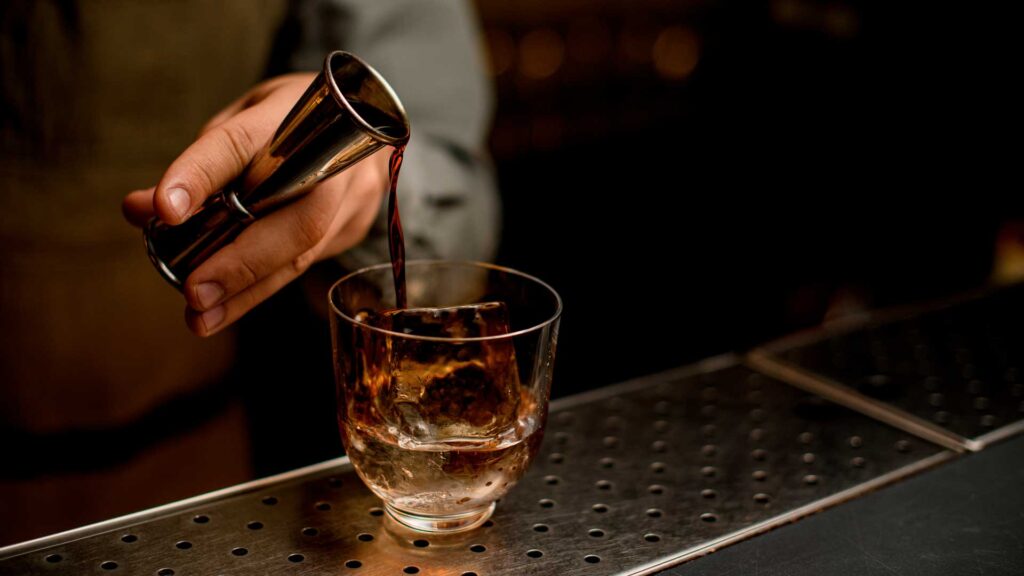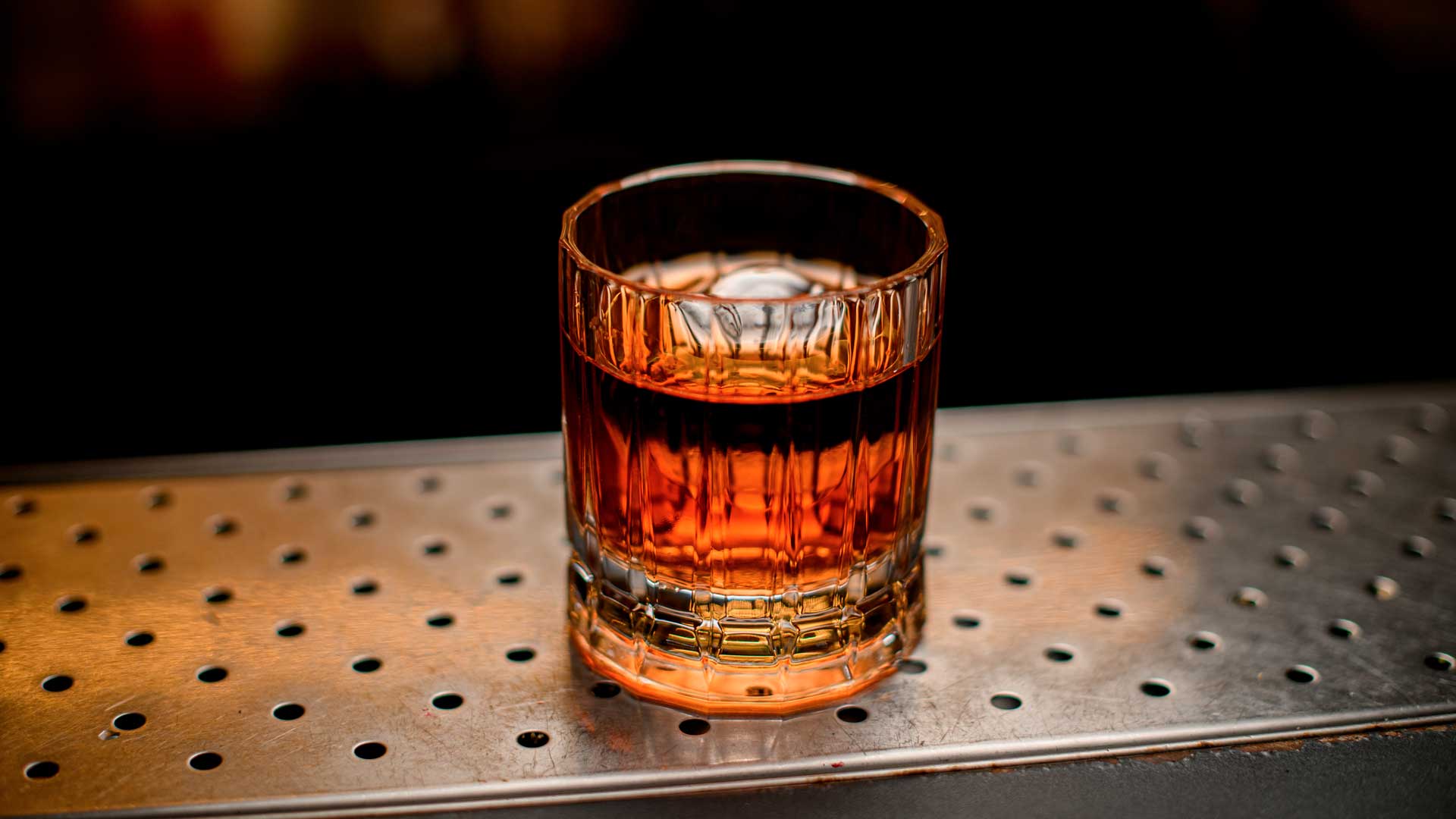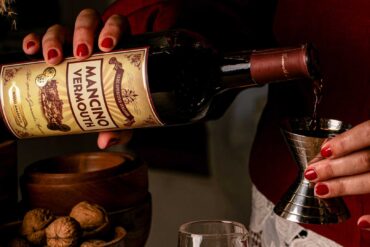The twist on classic is both a challenge and a mark of excellence for bartenders. Successfully executing one demonstrates a high level of skill, while getting it wrong suggests there’s more to learn. Various courses are available to help bartenders master this craft, and there’s at least one notable book on the subject worth reading (an Italian one, to be specific). But first, let’s start with the basics.
What’s a Twist on Classic?
A twist on classic is a cocktail inspired by a traditional recipe, with a variation introduced to differentiate it from the original. This could involve swapping out an ingredient or using a different technique. The approach varies depending on the bartender’s creativity.
The outcome is intriguing: the original drink remains recognizable, but there’s a distinctive touch that surprises, often through the use of an unusual ingredient or by modernizing a classic to appeal to contemporary tastes, such as reducing the alcohol content to cater to the preference for lighter drinks.
Why Are Twists on Classics Made?
Including one or more twists on classics in a bar menu is not mandatory, but it’s highly recommended. It’s a way for bars to add a personal touch and stand out from the competition.
The resurgence of classic cocktail recipes during the cocktail renaissance has become a widespread phenomenon, making it easy to find well-prepared drinks anywhere. In some regions, especially in Italy, it’s common to encounter bars where a Martini or Old Fashioned is served with a consistently high standard. In these cases, a twist is a great way to draw attention.
Some bars may lean toward signature cocktails, but that can be tricky. The desire to experiment often leads to overly complex drinks, both to prepare and to enjoy. While these can showcase skill, they may sometimes lack lasting appeal.
In contrast, classic cocktails offer simplicity and directness, often requiring just two ingredients and relatively easy techniques. A twist on a classic provides room for creativity without excessive complication.
Types of Twists on Classics

The book mentioned earlier is Twist on Classic – I grandi cocktail del Jerry Thomas Project, published in 2019 by Leonardo Leuci, Roberto Artusio, Antonio Parlapiano, and Alessandro Procoli, the team behind the acclaimed Jerry Thomas Project, a cornerstone of Italian mixology.
The authors categorize twists on classics into three types: horizontal, vertical, and diagonal.
- Horizontal twists involve replacing one or more ingredients while maintaining the drink’s overall balance. For example, swapping one spirit for another or replacing a sweetener with a different type, or substituting one acidic component for another.
- Vertical twists add a new element, one not present in the original recipe. This could mean introducing a savory note to a drink that previously didn’t have one.
- Diagonal twists also involve substitutions but in this case, an ingredient is replaced with one from a different category that still serves the same function. For instance, swapping a non-alcoholic sweetener for an alcoholic one, or replacing citrus juice with another acidic element.
Of course, these three approaches can be mixed. The ultimate goal is to start with a classic and reimagine it, crafting a new balance of flavor and aroma. A small horizontal change may require a vertical or diagonal adjustment, and vice versa. The bartender’s skill lies in finding that perfect balance.







